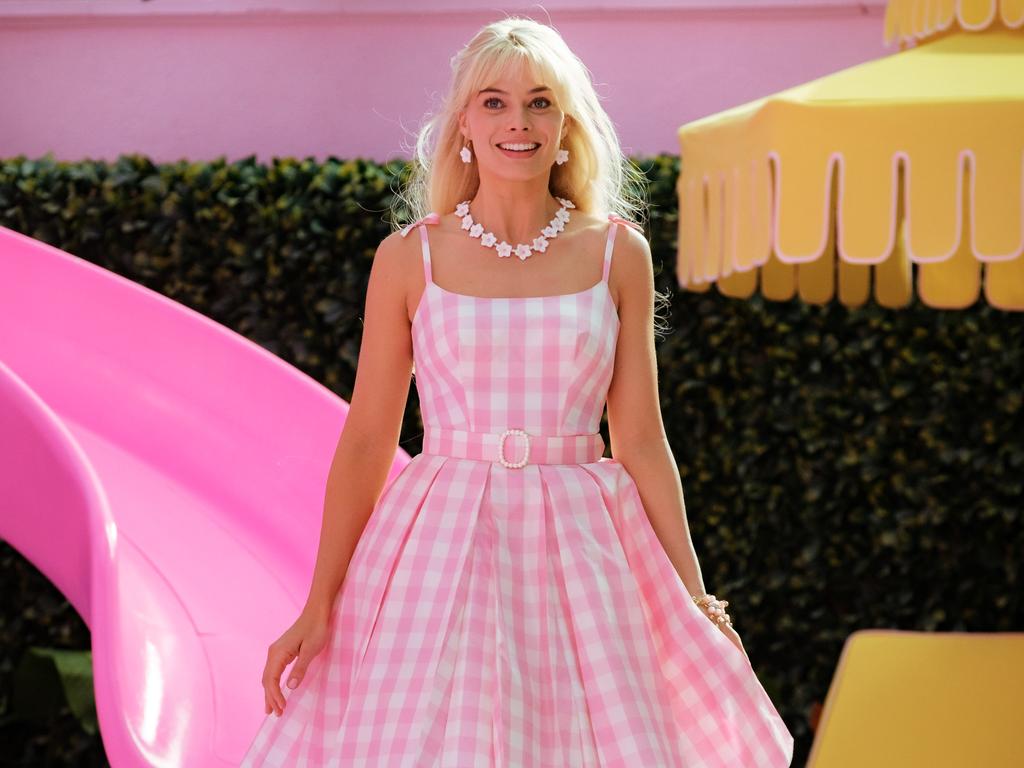
In the years following the Great Depression, Hollywood happened upon – for I doubt it was reasoned by way of market research – the idea of showcasing the singing and dancing skills of a cute little girl called Shirley Temple.
Shirley was a global hit in the late 1930s. The plots to her movies were formulaic: Shirley’s inherent sunniness and heart-warming charm wins over hard-headed adults, and eventually everything turns out for the best; toss in a song or two along the way and the audience is aptly sated and content knowing – or feeling – that all is (finally) right with the world.
In a world where parents struggled through the Great Depression denying themselves and their children the necessities let alone the luxuries in life, the idea of creating a loving home for a loving family appealed to many. America wanted to indulge a child. Shirley Temple was, for many, the antidote to the privations of the Great Depression.
Fast forward 90 years to the 2020s aftermath of a global pandemic, and the developed world is in thrall of a movie that doesn’t celebrate a single child, as was the case for Shirley Temple, but rather it celebrates an aspect of childhood: the many outfits and lifestyle accoutrements of a doll called Barbie.
And this is the point: the market for Shirley Temple in the 1930s is similar to the market for the Barbie franchise in the 2020s. After years of isolation and struggle, and brushes with death in the extended family, there is a primal yearning to rebuild, to recreate, to celebrate life, to indulge not so much a little girl but the ennobling ideal of childhood innocence.
Barbie is Shirley nine decades later.
It’s a marketer’s dream. Create a movie with outfits, glamour and characters empowered by spending power; tie it into a beloved icon of childhood; and position the lot for release in the aftermath of a global pandemic when consumers are in hot pursuit of what some marketers are calling revenge spending.
In a sense, it is a great lesson in marketing and in speculating about the consumer impact of calamitous events. Will there be a baby boom? Will there be a shift in the way taxation is raised? Will there be a return to core values? Will humanity’s love for and celebration of childhood manifest in the Shirley Temple effect? Or will Barbiemania ensue?
It looks as though Barbie is winning out. And more to the point, there is now potential for the story about the story explaining how Barbie overcame the odds to become an intergenerational celebrity icon. I am quite sure Barbie II will be due out soon.
Why didn’t I think of, and write a column about, the post-pandemic Barbie pivot?
Barbie is more than a glamorous childhood icon from the 20th century; she is a symbol of social and cultural change for the post-pandemic world.
Buckle up, I think there’s more to come.








I haven’t seen the Barbie movie, and in fact I have no intention of ever seeing it. And yet I feel confident to say that it is quite possibly one of the most important movies of our time. Not so much because of its cinematic brilliance (which I am sure is outstanding) but for what it says about our post-pandemic time in history. Indeed, I see Barbie as a social marker for the future.